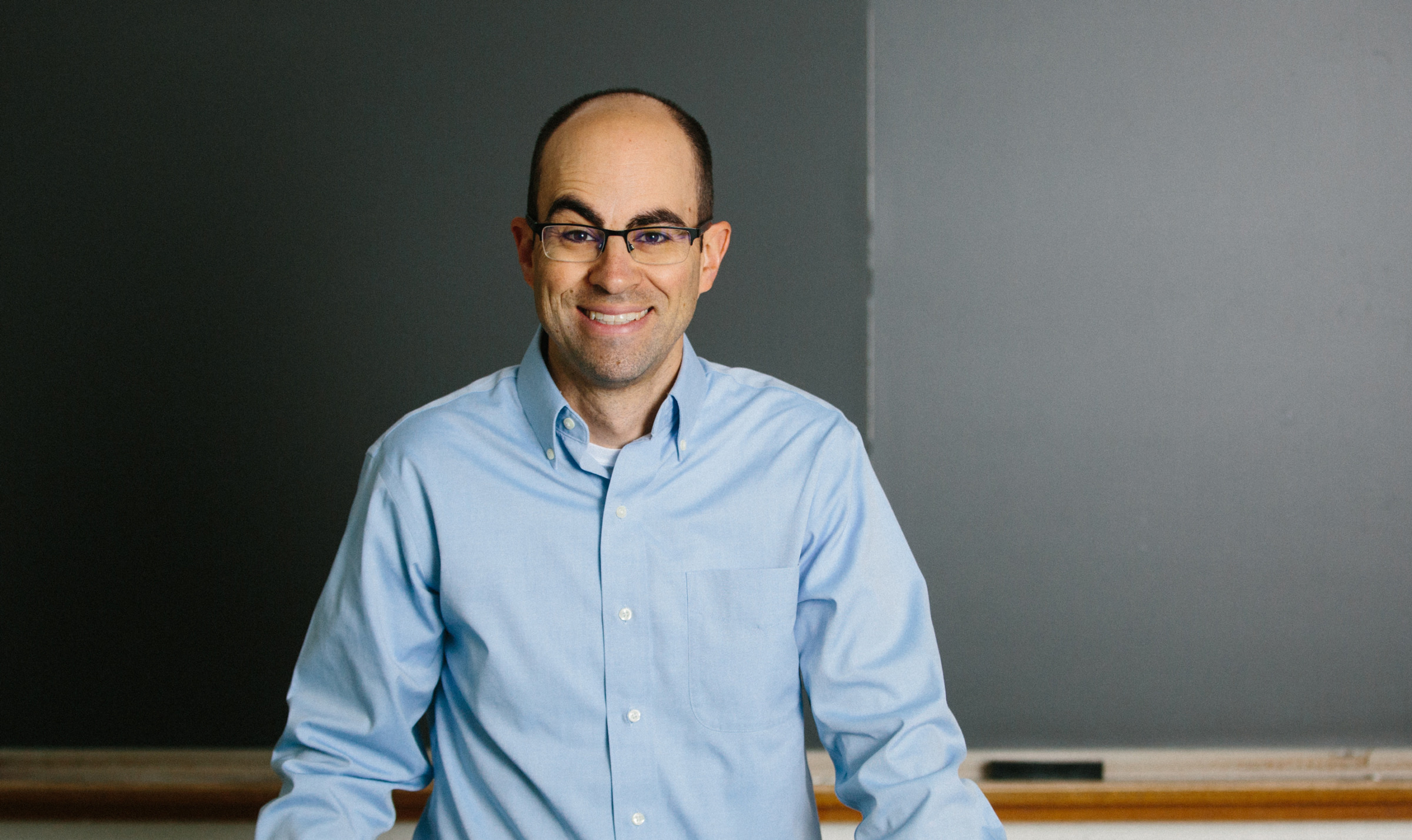UNC-Chapel Hill researchers will seek to develop new ways to measure and assess self-regulated learning in a project funded by a new grant from the National Science Foundation.
The $708,000 grant builds on NSF-funded work by a team of Carolina researchers that has been studying university students’ interactions with digital instructional resources used in face-to-face science and mathematics courses. The new project focuses on making more accurate inferences from the data that students generate when they interact with computer-based materials used in the courses.
Funding for the project comes from the NSF’s Core Research program, which supports fundamental research in STEM — science, technology, engineering and mathematics — learning.
The team plans to take lessons from real UNC science and math classes and observe students as they click on digital resources and describe their thinking processes as they use the materials to learn. Aligning students’ thinking and clicking will make clear how digital learning events reflect when students “self-regulate,” their learning, Bernacki said.
“We are hopeful that this project will create new tools that researchers can use to study self-regulated learning,” said Matt Bernacki, the principal investigator on the project. “Research into students’ tendency and ability to self-regulate learning has relied on cumbersome methods that generate rich data, surveys that lack detail and context, or digital traces alone, that are hard to interpret.”
“If we are successful, we’ll establish an efficient method to measure and assess self-regulated learning among large numbers of students. That will open new avenues to additional research aimed at better understandings of how students learn and how to teach them more effective learning practices,” Bernacki said.
Tracking self-regulated learning
Learning scientists know that students who actively engage in learning activities achieve more than students who simply listen to instruction. Key components of engaged learning include a set of practices called self-regulated learning, or SRL. Students who employ SRL practices guide much of their own learning — setting goals and planning learning tasks, monitoring and evaluating their own progress and thinking about what they are thinking.
Bernacki, who joined the faculty at Carolina’s School of Education in 2018, has studied self-regulated learning and students’ motivations for learning for the past decade.
Before coming to Chapel Hill, Bernacki conducted research at the University of Nevada, Las Vegas where he designed ways to obtain data from learning management systems that traced students’ learning in early undergraduate STEM courses, built prediction algorithms to identify students who were struggling, and developed learning supports to assist them. The data included such things as the timing of student use of syllabus and study guides , self-assessment practices, and downloads of class notes and assignments.
In previous studies, Bernacki and colleagues have demonstrated that learning management system data can accurately identify students who may need additional help. In one study, Bernacki and colleagues built a model that – by the third week of the course – could identify 74% of the students who would end up earning a C or worse on the course’s final exam.
A better way to create SRL data
Bernacki is part of a team at UNC-Chapel Hill that has examined learning management system data to identify students’ use of self-regulated learning practices.
In a study led by Bernacki colleague Jeffrey Greene and published earlier this year in the journal Learning and Instruction, Carolina researchers tracked the activities of more than 400 students in an introductory biology course, using data from the course’s learning management system to identify and follow students’ self-regulated learning practices. The study demonstrated that students’ early use of SRL practices could predict final performance in the course.
The team on the new NSF-funded project — which includes co-principal investigators Greene; Abigail Panter, senior associate dean for undergraduate education and psychology professor; and, Kathleen Gates, associate professor of quantitative psychology — now aims to create and refine measurement and theories of self-regulated learning that apply specifically to science and math learning.
In their new study, Bernacki and colleagues team with expert science and math educators at UNC – Kelly Hogan in Biology and Miranda Thomas in Mathematics — to design tasks and follow students’ interactions with digital tools. The digital data students produce can describe their SRL practices when corroborated another channel of data: students’ verbal reports.
Researchers studying self-regulated learning typically rely on students to report their activity and their thinking processes. Many SRL studies use “Think Aloud Protocols” in which students talk as they carry out study activities. Using recordings of the sessions, researchers transcribe and code the verbal descriptions, creating data that describe the students’ activities.
The process is labor-intensive, making it costly and difficult to create large sets of data to study self-regulated learning. Using think alouds to validate digital traces during tasks similar to what goes on in real courses throughout the semester might solve that.
“If we can establish a new and more efficient methodology for assessing self-regulated learning, it should speed the study of SRL, shedding new light on students’ learning process,” Bernacki said. “This study may also provide new avenues for developing interventions that help students achieve greater success in large introductory college courses and enable us to detect when those students need help, potentially in real time.”
